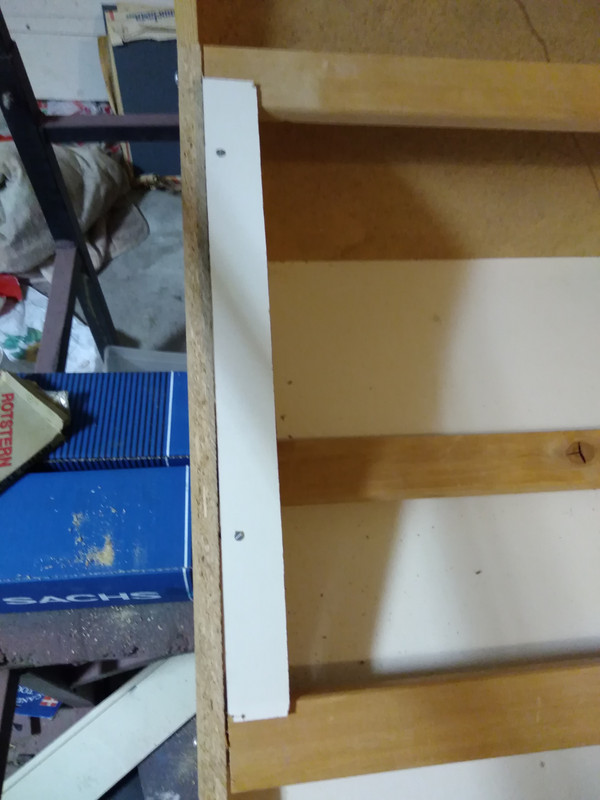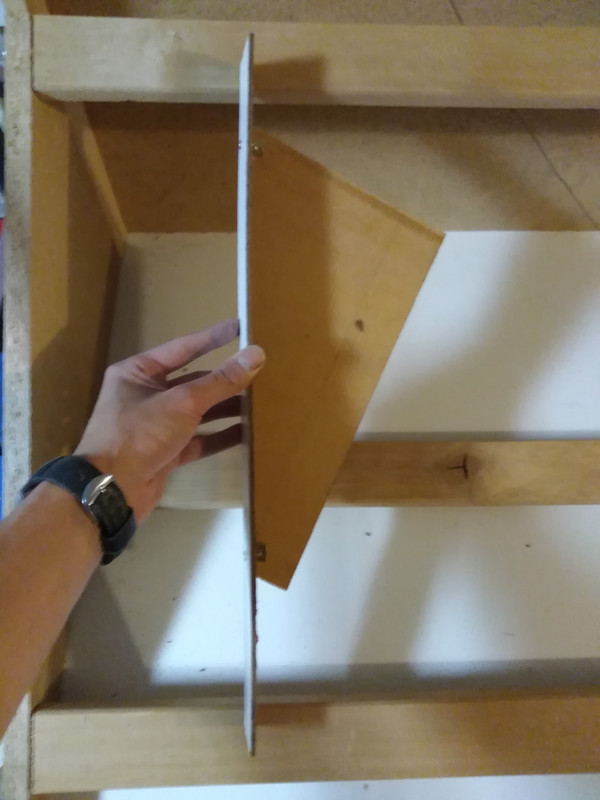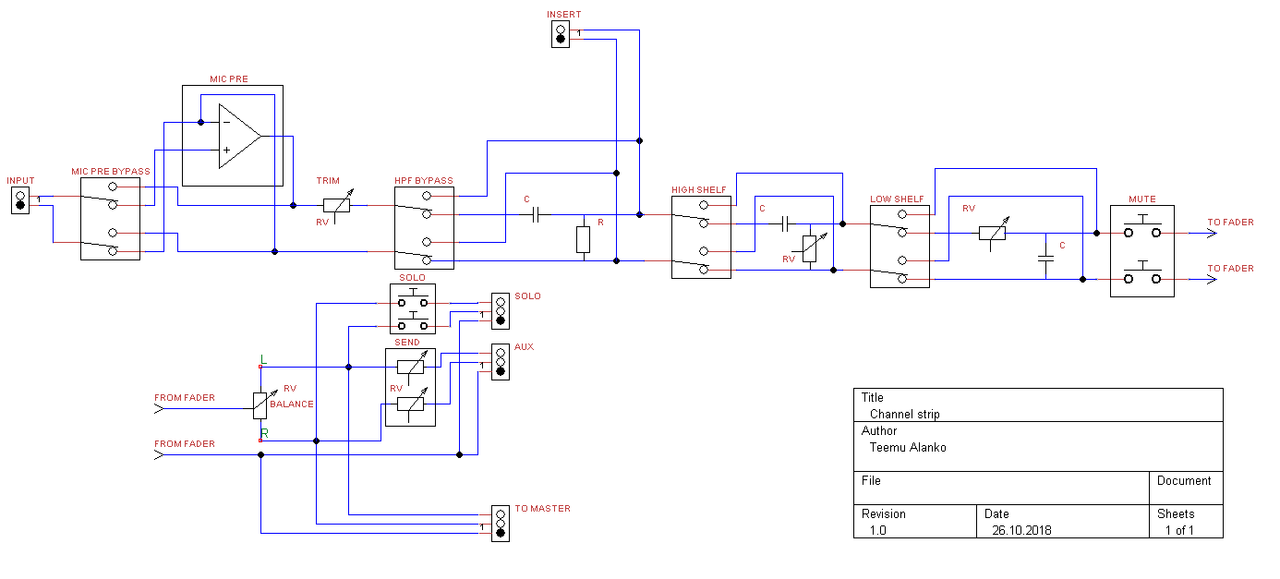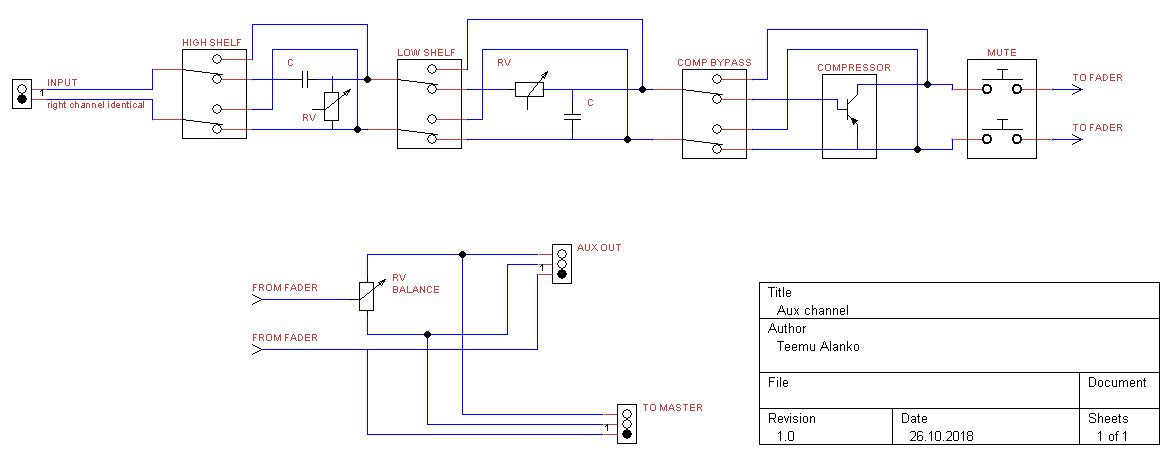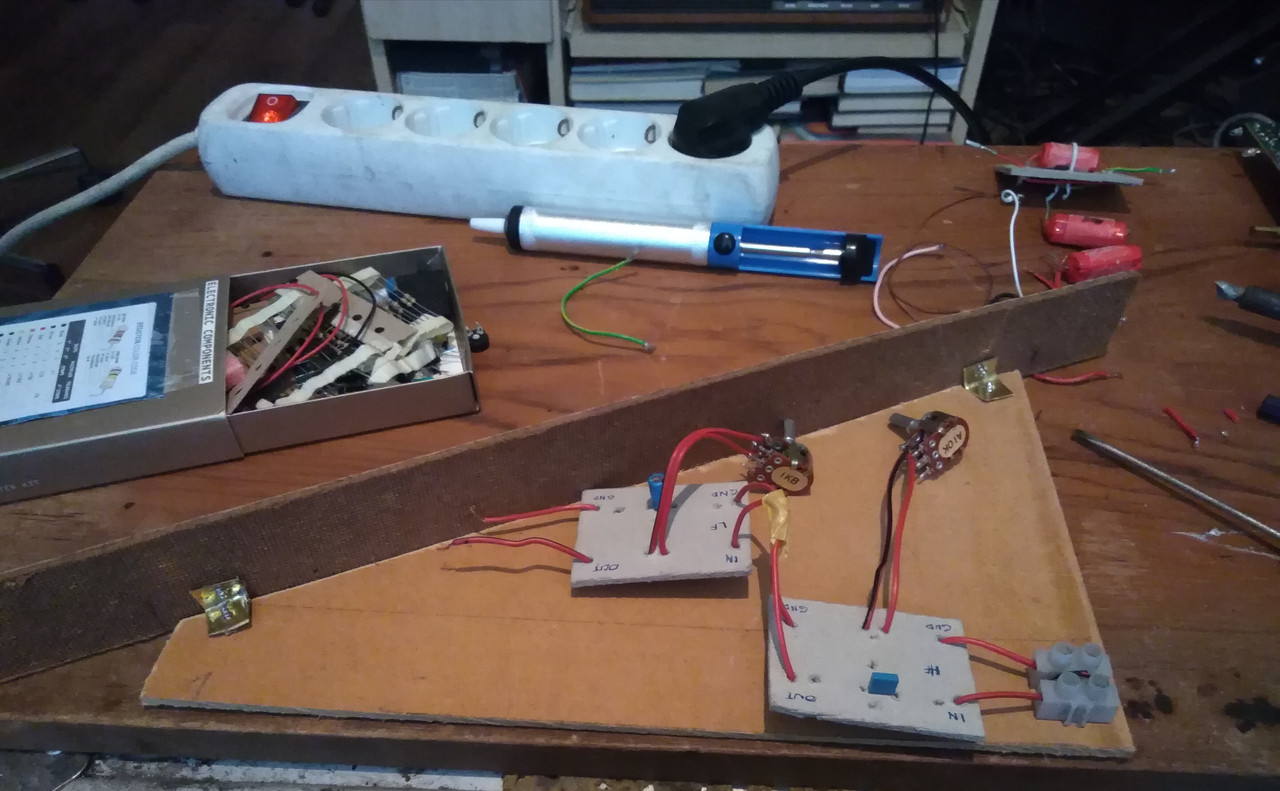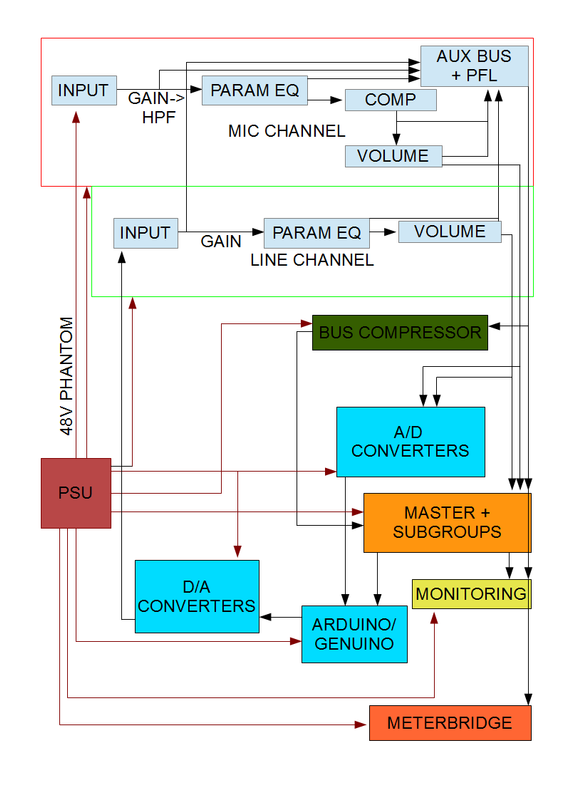efinque
Well-known member
- Joined
- Jan 3, 2018
- Messages
- 393
Sup GDIY,
I've been planning a mixing console build for a while now. I started putting the frame together just yesterday from leftover wood I had from various speaker builds.
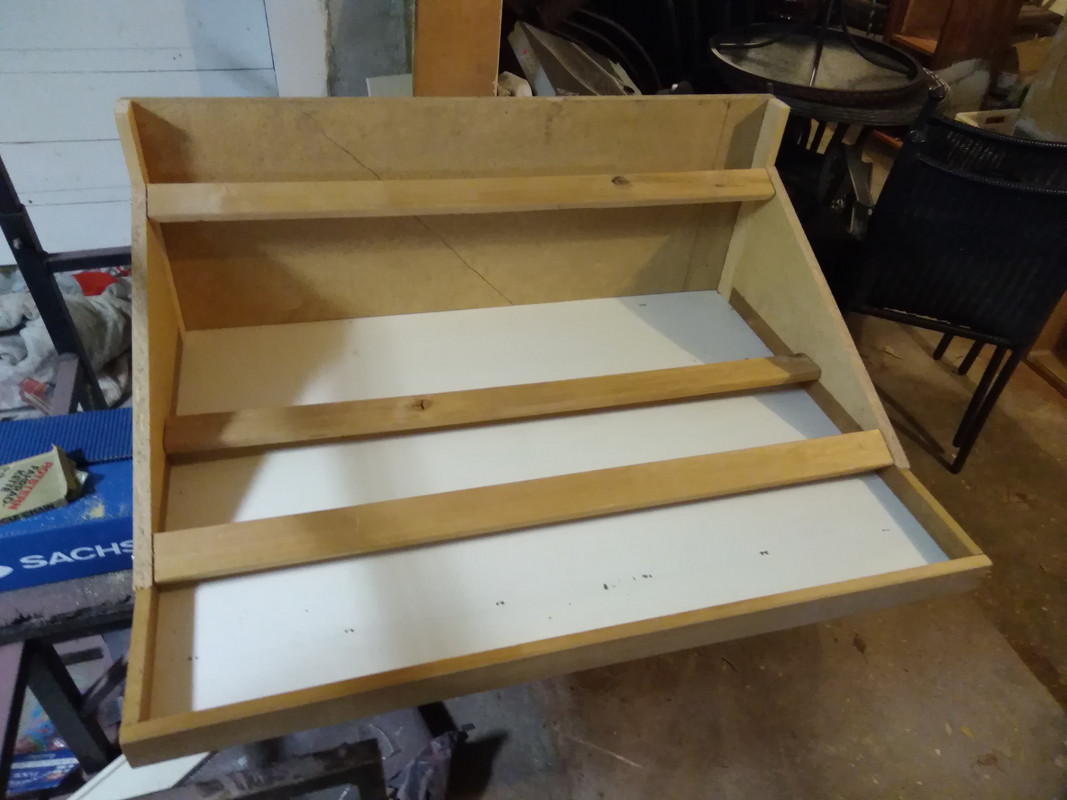
I'd figure it needs at least mic preamps, low cut, mute and EQs per channel, direct in/out routing, aux buses and some sort of monitoring capabilities. I've been thinking of a buss compressor and a meter bridge too. Initially I've been looking at 12-16 channels with 2 or 4 aux. The frame dimensions are approx. 980mm/780mm/390mm (WxDxH)
So I'm asking for advice and ideas from experienced builders.. also ideas on sourcing components/kits etc, tips for wiring and making the build a bit easier are welcome.
Thanks in advance,
-ef
I've been planning a mixing console build for a while now. I started putting the frame together just yesterday from leftover wood I had from various speaker builds.

I'd figure it needs at least mic preamps, low cut, mute and EQs per channel, direct in/out routing, aux buses and some sort of monitoring capabilities. I've been thinking of a buss compressor and a meter bridge too. Initially I've been looking at 12-16 channels with 2 or 4 aux. The frame dimensions are approx. 980mm/780mm/390mm (WxDxH)
So I'm asking for advice and ideas from experienced builders.. also ideas on sourcing components/kits etc, tips for wiring and making the build a bit easier are welcome.
Thanks in advance,
-ef



